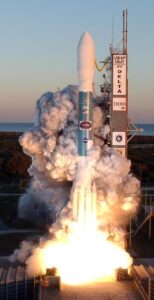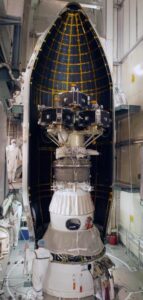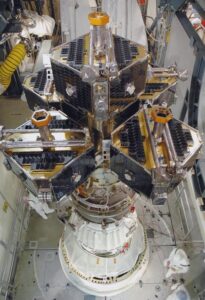photos courtesy of NASA
On February 17th 2007, a Delta II Rocket lifted off of launch pad 17B at the Cape Canaveral Air Force Base. Atop the rocket were a cluster of five identical satellites destined for a 2-year mission to study the violent colorful eruptions of Auroras.
The missions aim was to try and resolve one of the oldest mysteries in space physics, namely to determine what physical process in near-Earth space initiates the violent eruptions of the aurora that occur during substorms in the Earth’s magnetosphere.
After finishing their primary science mission, two of the THEMIS satellites were renamed and retasked. Their journey to the moon started on July 20, 2009, the 40th anniversary of the first manned lunar landing. The UC Berkeley Space Sciences Lab MOC or mission operations center, maneuvered the spacecraft, on a long and complex transfer trajectory out of earth orbit and transitioned the pair of satellites into a lunar orbit. By mid 2011 the two ARTEMIS satellites had been inserted into lunar orbit and had begun making observations to study how solar wind electrifies, alters and erodes the moon’s surface.




